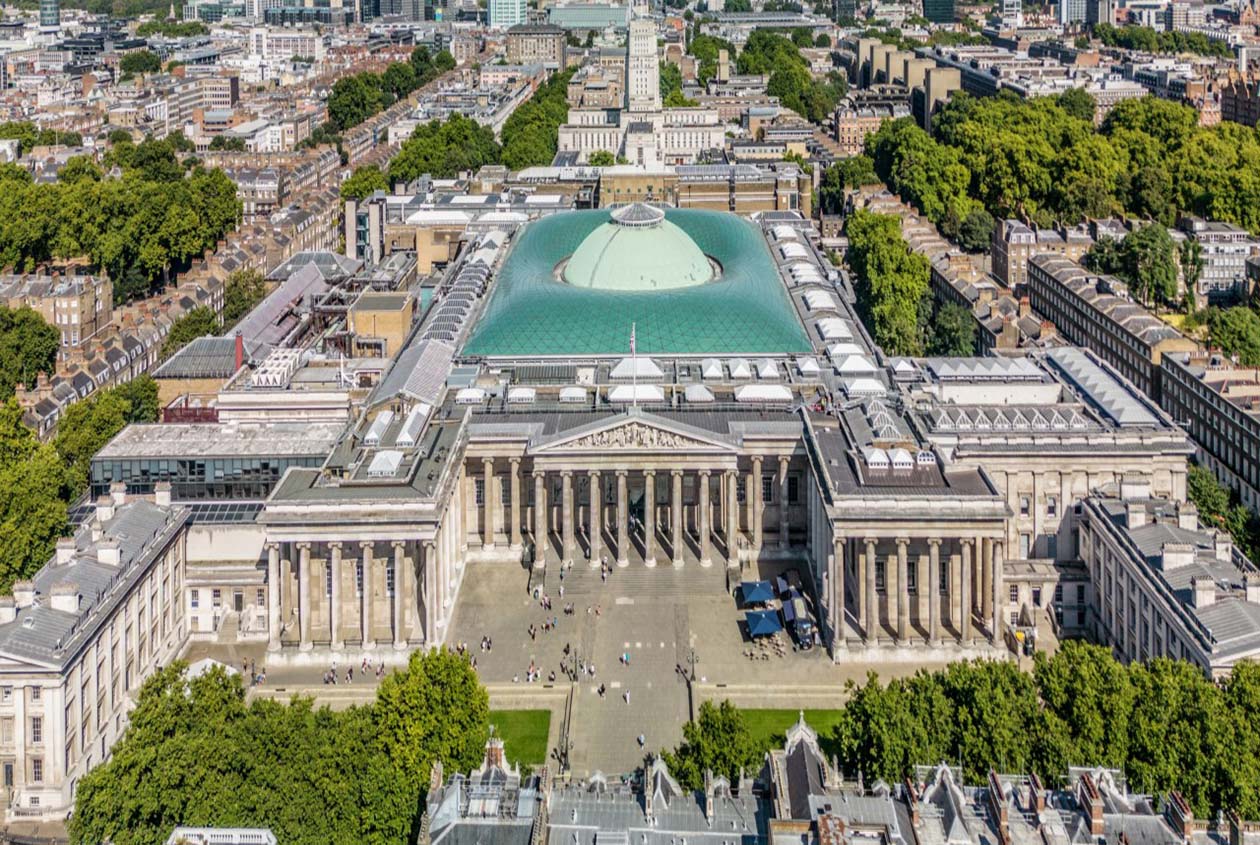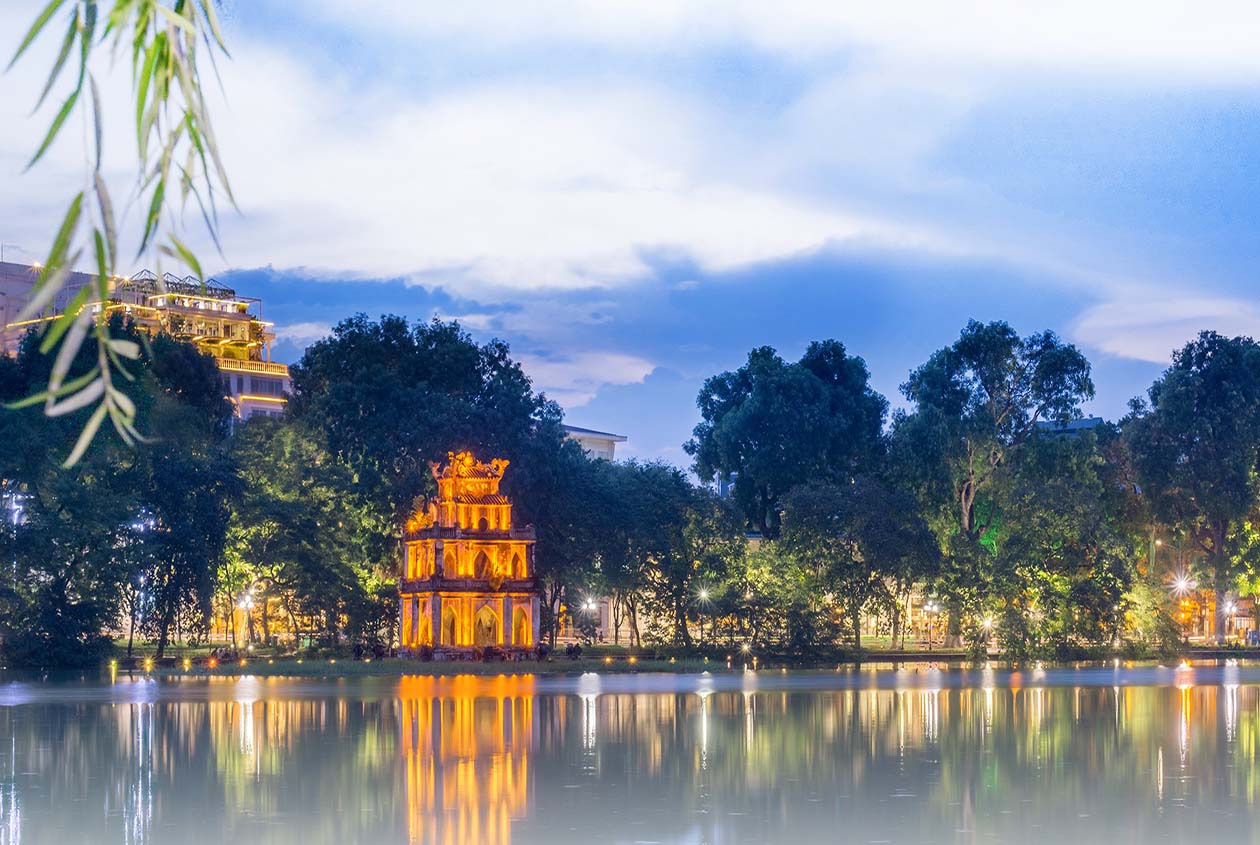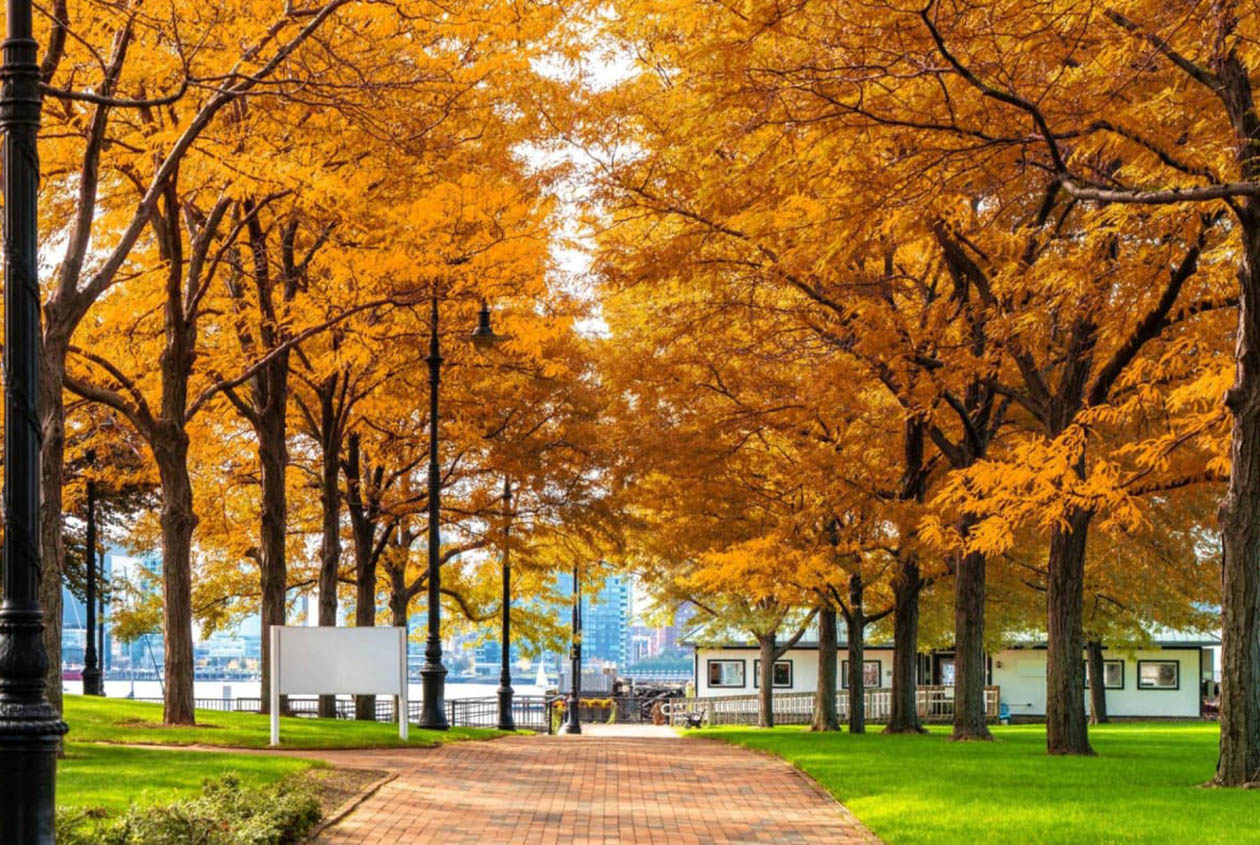London, the vibrant capital of the United Kingdom, is renowned for its rich history, iconic landmarks, and a diverse cultural scene that includes world-class art galleries. Among the most celebrated are The British Museum, Tate Modern, and the National Gallery. During my recent visit, I had the opportunity to delve into the heart of human creativity and expression.I will share my experiences, insights, and recommendations for art enthusiasts and travelers alike.
The British Museum
Personal Favorites:
1.The Rosetta Stone: This remarkable artifact played a pivotal role in deciphering ancient Egyptian hieroglyphs. Witnessing it in person left me in awe of human achievement.
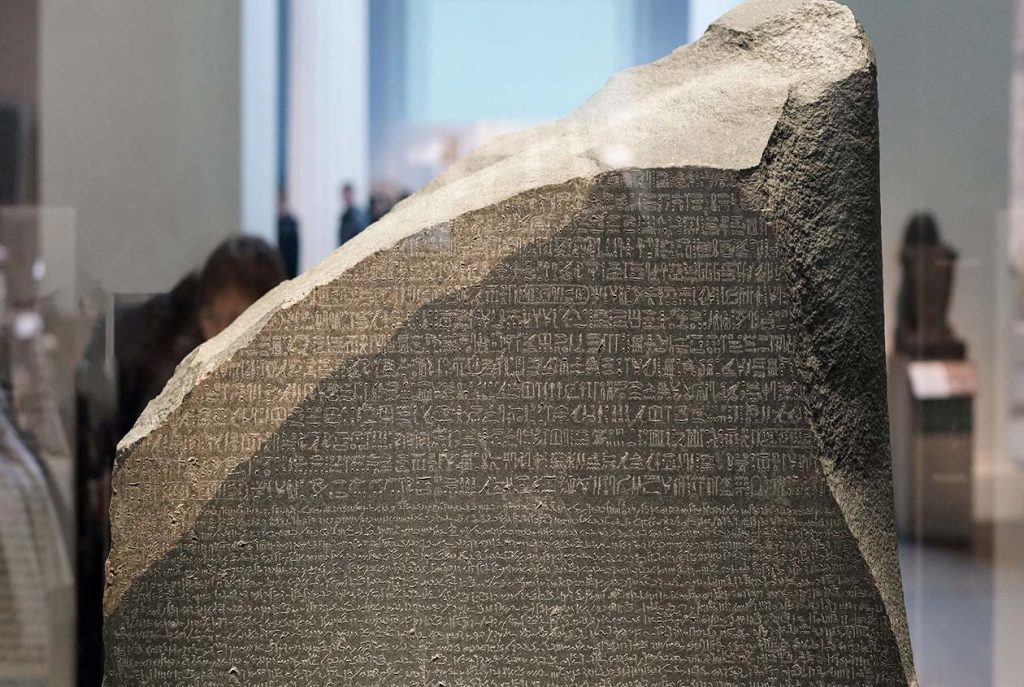
The Rosetta Stone is undeniably one of the British Museum’s most celebrated treasures, and it’s easy to see why. This ancient artifact, dating back to 196 BC, is a dark-gray granite slab that stands as a testament to the multicultural history of ancient Egypt. Its dimensions are impressive, measuring approximately 114.4 centimeters (45 inches) in height, 72.3 centimeters (28.5 inches) in width, and 27.9 centimeters (10.9 inches) in thickness. While the upper part is damaged, the inscriptions remain remarkably well-preserved.
What truly makes The Rosetta Stone extraordinary is the trilingual inscription gracing its surface. It features scripts in Greek, Demotic (a cursive script used in Egypt), and hieroglyphs (the sacred script of ancient Egypt). This inscription, a decree issued in honor of King Ptolemy V Epiphanes, holds the key to understanding the enigmatic hieroglyphic script.
As I entered the room housing The Rosetta Stone, I was immediately struck by the aura of reverence that surrounds this iconic artifact. It’s not just a stone; it’s a profound symbol of historical significance. Standing before it, I couldn’t help but feel a sense of awe.
The stone itself, with its imposing size and intricate inscriptions, serves as a testament to the skill and precision of the ancient craftsmen who carved it. The trilingual text, with Greek at the top, Demotic in the middle, and hieroglyphs at the bottom, is a captivating sight. It represents a decree meant to be understood by various linguistic communities within Egypt, highlighting the importance of multiculturalism and communication in ancient society.
What left a lasting impression on me was the realization that The Rosetta Stone played a pivotal role in deciphering the hieroglyphic script. It’s a tangible link between our modern world and the mysteries of an ancient civilization. The stone’s discovery during Napoleon’s campaign in Egypt in 1799 set in motion a journey of discovery that eventually unlocked the secrets of hieroglyphs, thanks to scholars like Jean-François Champollion.
In essence, The Rosetta Stone isn’t just an artifact; it’s a bridge to the past, a key that unlocked the treasures of ancient Egypt. It’s a testament to human curiosity, ingenuity, and the relentless pursuit of knowledge.
I wholeheartedly recommend a visit to The Rosetta Stone at the British Museum. Its historical significance, the intrigue surrounding its discovery, and its role in deciphering hieroglyphs make it an invaluable gem in the world of archaeology and linguistics. Whether you’re a history enthusiast or simply curious about the wonders of the past, The Rosetta Stone will leave you in awe of the profound impact it has had on our understanding of ancient Egypt. Standing in its presence is a humbling experience that connects you with the remarkable journey of human discovery. Don’t miss the opportunity to witness this iconic artifact firsthand; it’s a moment that will stay with you long after your visit.
2.The Elgin Marbles: These exquisite sculptures from the Parthenon in Athens are a testament to classical Greek artistry. Their intricate details and beauty are captivating.
3.The Egyptian Mummies: Exploring the Egyptian collection, including mummies and their intricately decorated coffins, transported me back in time to the world of the pharaohs.
Recommended Works:
- The Sutton Hoo Treasure: A stunning collection of Anglo-Saxon artifacts, including the iconic Sutton Hoo helmet, offers a glimpse into early English history.
- The Lewis Chessmen: These intricately carved ivory chess pieces from the 12th century are a unique blend of art and gaming history.
- The Parthenon Sculptures: While I appreciated the Elgin Marbles, seeing the remaining sculptures from the Parthenon in their Greek context was a memorable experience.
Services and Amenities:
The British Museum provides excellent services, including informative guided tours, audio guides, and interactive exhibits. The Great Court, with its stunning glass roof, is an ideal place to relax and grab a bite. There are gift shops offering unique souvenirs related to the museum’s collections.
Location and Directions:
Situated in the Bloomsbury area of London, the British Museum is easily accessible by public transport, including the London Underground. It’s a short walk from the Holborn or Tottenham Court Road stations.
Admission and Discounts:
Admission to the British Museum is free, making it accessible to a wide range of visitors. Special exhibitions may have separate ticket prices.
Recommendation Rating: ★★★★★
Booking Platform: Tickets for special exhibitions can be booked online through the official British Museum website.
Personal Experience:
My visit to The British Museum was enlightening, as it showcased an impressive array of artifacts from around the world. The Rosetta Stone, in particular, was a highlight, and the free admission made it even more accessible to a wide range of visitors. The museum’s layout is intuitive, and it’s easy to spend hours exploring its treasures.
Tate Modern
Personal Favorites:
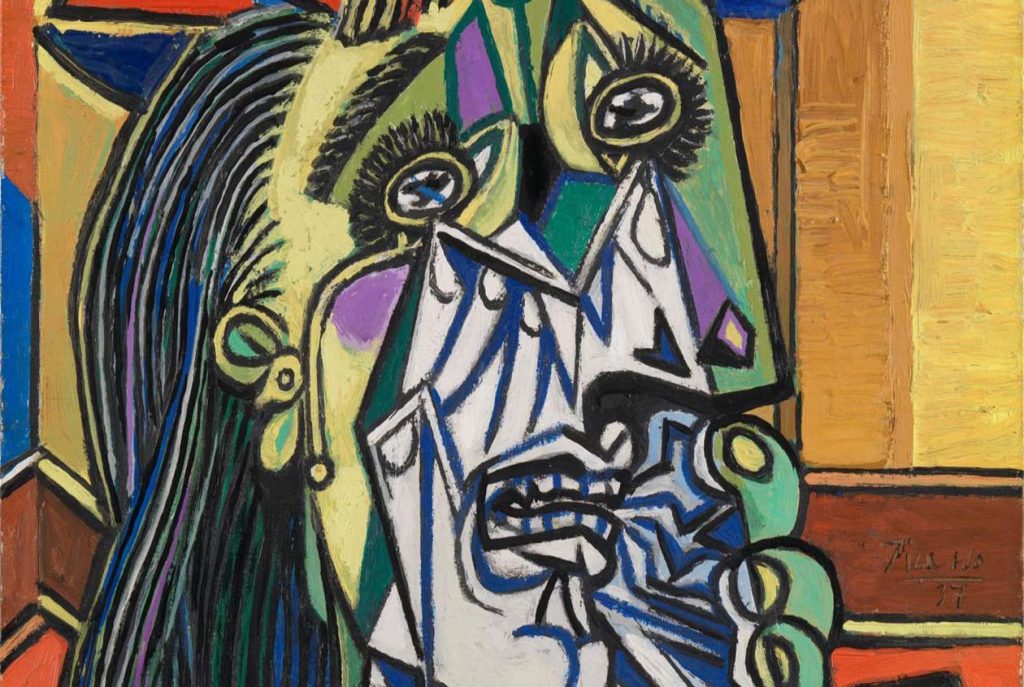
- Pablo Picasso’s “Weeping Woman”: This masterpiece is a prime example of Picasso’s iconic Cubist style, and it left a lasting impression on me.
- Andy Warhol’s “Marilyn Diptych”: This iconic artwork is not only a commentary on celebrity culture but also a testament to Warhol’s unique approach to art.
- Salvador Dalí’s “Autumn Cannibalism”: Dalí’s surrealism comes to life in this thought-provoking painting, which left me mesmerized.
Recommended Works:
- Mark Rothko’s “Seagram Murals”: Rothko’s contemplative, large-scale works are a must-see for art enthusiasts seeking an emotional connection with abstract art.
- Louise Bourgeois’s “Maman”: This gigantic spider sculpture is both fascinating and slightly unsettling, making it a memorable piece of contemporary art.
- Yayoi Kusama’s “Infinity Mirrored Room”: An immersive experience that takes you into a realm of endless reflections and vibrant colors, offering a unique perspective on art.
Services and Amenities:
Tate Modern offers guided tours, educational programs, and temporary exhibitions alongside its permanent collection. The museum’s café and restaurant provide stunning views of the Thames River and St. Paul’s Cathedral.
Location and Directions:
Tate Modern is located in the Bankside area of London, near the Millennium Bridge. The closest London Underground station is Southwark.
Admission and Discounts:
The majority of Tate Modern’s collection is free to the public. Special exhibitions may have an admission fee.
Recommendation Rating: ★★★★☆
Booking Platform: Special exhibition tickets can be purchased online through the official Tate Modern website.
Personal Experience:
Tate Modern is a haven for modern and contemporary art lovers. The museum’s diverse collection offers a range of artistic movements and styles. The free admission and striking architecture of the building make it an accessible and enjoyable destination.
National Gallery
Personal Favorites:
- Leonardo da Vinci’s “The Virgin of the Rocks”: The intricate details and ethereal quality of this masterpiece are awe-inspiring.
- Vincent van Gogh’s “Sunflowers”: Seeing this iconic work up close allowed me to appreciate the vibrant colors and Van Gogh’s emotional brushwork.
- J.M.W. Turner’s “The Fighting Temeraire”: This stunning maritime painting captures the passage of time and the decline of the age of sail.
Recommended Works:
- Rembrandt’s “Self Portrait at the Age of 34”: This introspective portrait showcases Rembrandt’s mastery of light and shadow.
- Sandro Botticelli’s “Venus and Mars”: The delicate beauty of Botticelli’s Venus juxtaposed with the powerful Mars creates a captivating composition.
- Claude Monet’s “Water-Lilies”: Monet’s series of water lily paintings are a testament to his fascination with capturing the effects of light on nature.
Services and Amenities:
The National Gallery offers guided tours, audio guides, and educational programs. The museum’s café and restaurant provide a pleasant space to relax after exploring the collection.
Location and Directions:
Situated in Trafalgar Square, the National Gallery is centrally located in London. The nearest London Underground stations are Charing Cross and Leicester Square.
Admission and Discounts:
Admission to the National Gallery is free for the permanent collection. Special exhibitions may have separate admission fees.
Recommendation Rating: ★★★★☆
Booking Platform: Tickets for special exhibitions can be purchased online through the official National Gallery website.
Personal Experience:
Visiting the National Gallery is like taking a journey through the history of art. The museum’s collection includes masterpieces from various periods, and its central location makes it convenient to explore other attractions in London. The free admission ensures that art is accessible to all.
Exploring London’s renowned art galleries, including The British Museum, Tate Modern, and the National Gallery, was an enriching experience that allowed me to immerse myself in the world of art and culture. Each gallery offers a unique perspective on human creativity, from ancient civilizations to contemporary expressions. Whether you’re an art enthusiast or a casual visitor, these cultural institutions are a must-visit when in London. The diverse range of artworks, excellent services, and historical significance of these galleries make them an integral part of the city’s cultural landscape.
